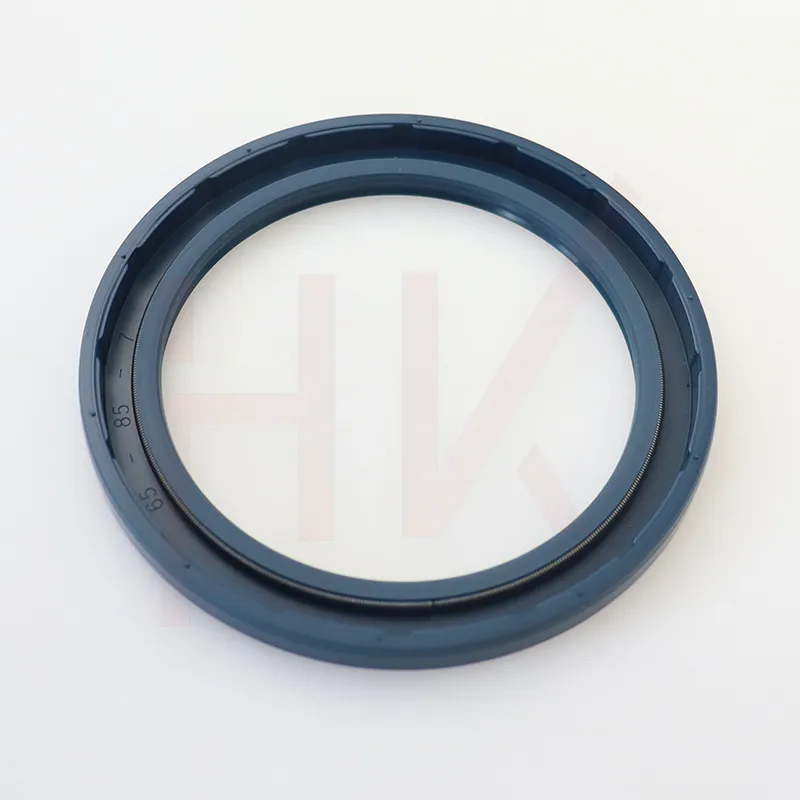Okt . 06, 2024 07:51 Back to list
hub rubber seal
Understanding Hub Rubber Seals Key Components for Optimal Performance
In the realm of automotive engineering and machinery, the importance of seals cannot be overstated. Among the various types of seals, hub rubber seals play a significant role in maintaining the integrity of mechanical systems. They are primarily used in the wheel hubs of vehicles, serving as a barrier to moisture, dirt, and contaminants, which can lead to premature wear and tear if left unchecked.
A hub rubber seal, typically crafted from high-quality synthetic rubber, is designed to withstand extreme conditions. These seals are engineered to provide a tight fit within the hub assembly, ensuring that lubricants remain contained while preventing external elements from infiltrating. The durability and flexibility of the rubber used in these seals allow them to effectively expand and contract in response to temperature changes and mechanical movement, thus maintaining their seal integrity over time.
One of the primary functions of a hub rubber seal is to retain the grease or oil that lubricates the bearings in the wheel hub. This lubrication is essential for reducing friction between moving parts and ensuring smooth operation, especially in high-speed applications. If the lubricant were to leak out due to a faulty seal, it could result in increased friction, overheating, and eventually, bearing failure. In this context, the role of the hub rubber seal becomes a matter of preventing expensive repairs and downtime.
hub rubber seal

Moreover, hub rubber seals contribute significantly to the overall safety of the vehicle. By keeping contaminants at bay, these seals help avoid potential damage to critical components such as wheel bearings and axles. This is particularly important in off-road or harsh environmental conditions where the risk of debris and moisture infiltration is elevated. A robust hub seal can mitigate risks and enhance the longevity of the vehicle's wheel assembly, ensuring a safer driving experience for all.
Installation of hub rubber seals must be performed with precision. An improper installation can lead to the seal being pinched or misaligned, which can compromise its effectiveness. Proper training and experience are essential for technicians to ensure that seals are installed correctly. Regular inspection and maintenance of these seals can also help identify any wear before it leads to significant issues, reinforcing the proactive approach to vehicle care.
In conclusion, hub rubber seals are vital components in vehicle wheel assemblies, playing a crucial role in both functionality and safety. Their ability to retain lubricants while keeping contaminants out ensures optimal performance of the vehicle's hub system. As vehicles continue to evolve in complexity and capability, the importance of quality seals in maintaining the integrity of these systems cannot be overlooked. Whether in everyday vehicles or specialized machinery, investing in reliable hub rubber seals is essential for performance, safety, and longevity. Through proper selection, installation, and maintenance, vehicle owners and operators can significantly enhance the durability and performance of their machines, ensuring they operate smoothly for years to come.
-
TCN Oil Seal Metal Ring Reinforcement for Heavy Machinery
NewsJul.25,2025
-
Rotary Lip Seal Spring-Loaded Design for High-Speed Applications
NewsJul.25,2025
-
Hydraulic Cylinder Seals Polyurethane Material for High-Impact Jobs
NewsJul.25,2025
-
High Pressure Oil Seal Polyurethane Coating Wear Resistance
NewsJul.25,2025
-
Dust Proof Seal Double Lip Design for Construction Equipment
NewsJul.25,2025
-
Hub Seal Polyurethane Wear Resistance in Agricultural Vehicles
NewsJul.25,2025
-
The Trans-formative Journey of Wheel Hub Oil Seals
NewsJun.06,2025
Products categories
















